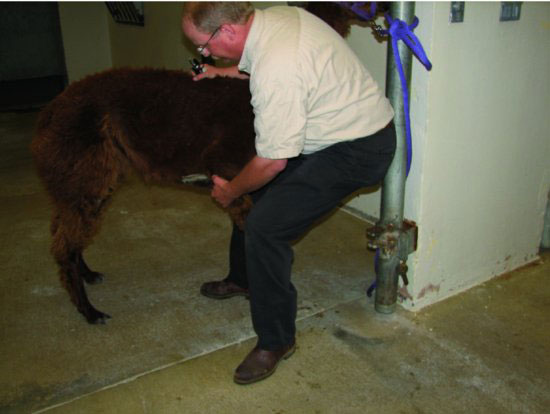Figure 3.2 Control can be maintained using minimal restraint by grasping the jawbones (mandibles) with one hand and simultaneously placing the other hand behind the poll of the head and the uppermost portion of the neck.
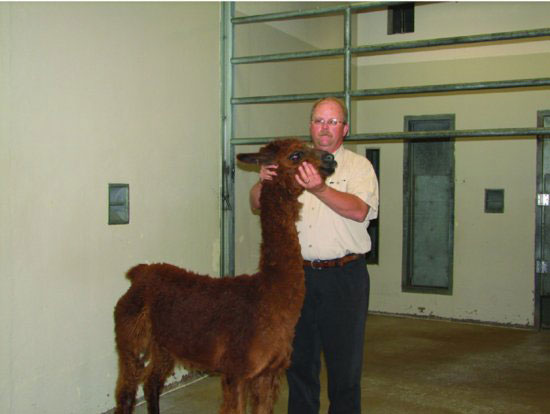
Figure 3.4 Cursory oral examination can be done by placing the poll of the head in the crook of the elbow and then inserting the fingers into the cheek. Care must be exercised so the fingers are not introduced between the teeth.
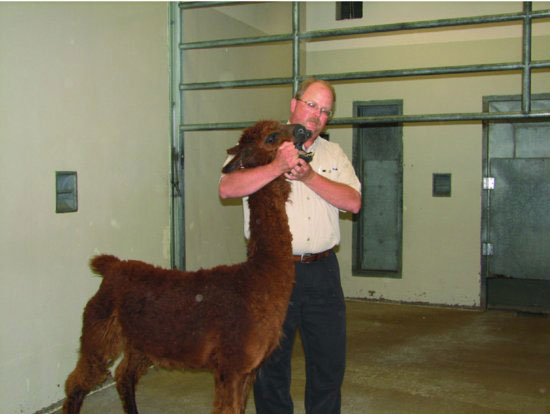
Figure 3.5 A submission posture can be achieved for control during the one-person jugular bleeding method by placing the head and neck beneath the arm and shoulder furthest away from the chest. The handler’s knee is braced against the sternum of the animal.
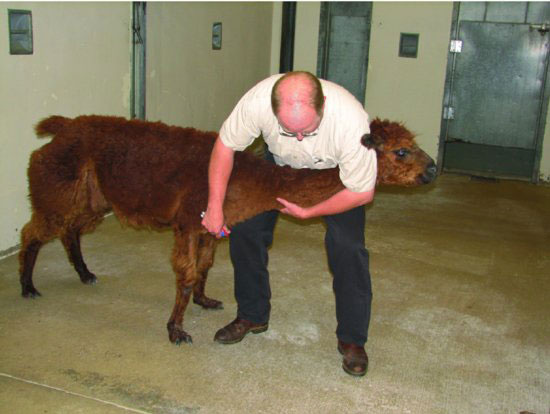
Figure 3.6 The hand of the arm used to apply the head and neck brace is used to occlude the jugular vein.
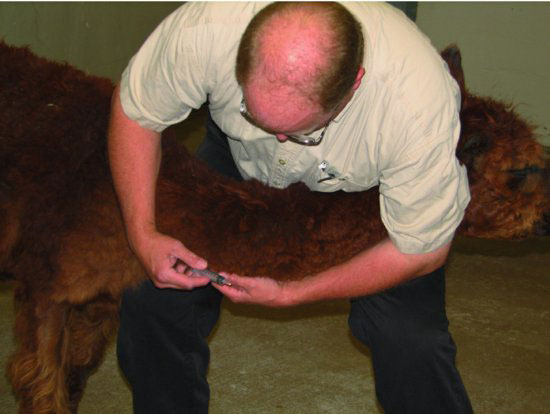
Figure 3.7 The free hand is then used to insert the needle into the jugular vein and the sample obtained.
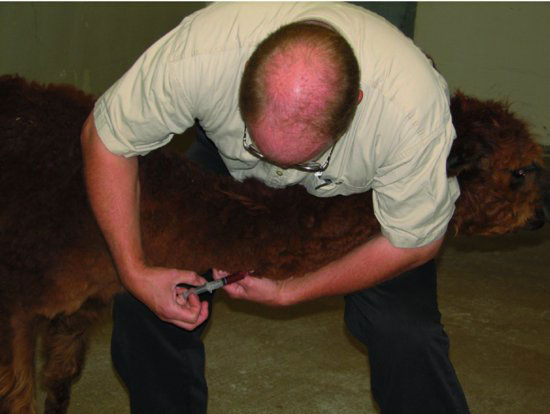
Toenail trimming can be done with the animal standing, but it requires coordination to allow the animal to maintain balance. A halter and lead rope are placed on the llama or alpaca and tied to a stationary post (Figure 3.8). Then, the handler approaches the shoulder and places the near-side foot between the front feet of the animal (Figure 3.9). This allows positioning of the handler’s knee beneath the sternum and facilitates restraint and encourages the animal to remain standing as well as helping maintain balance. The handler grasps the metacarpal region firmly and lifts the lower leg (Figure 3.10). The hand is moved down to the pastern region, the toenails trimmed as needed, and the limb released (Figure 3.11). Next, the handler approaches the hip and places the near-side foot between the rear feet of the animal (Figure 3.12). This allows positioning of the handler’s knee medial to the stifle and facilitates restraint and encourages the animal to remain standing as well as helping to maintain balance. The handler grasps the metatarsal region firmly and lifts the lower leg (Figure 3.13). The hand is moved down to the pastern region, the toenails trimmed as needed, and the limb released (Figure 3.14).
Figure 3.8 A halter and lead rope may be used to tie llamas and alpacas to a stationary post, but these animals should not be left unattended.
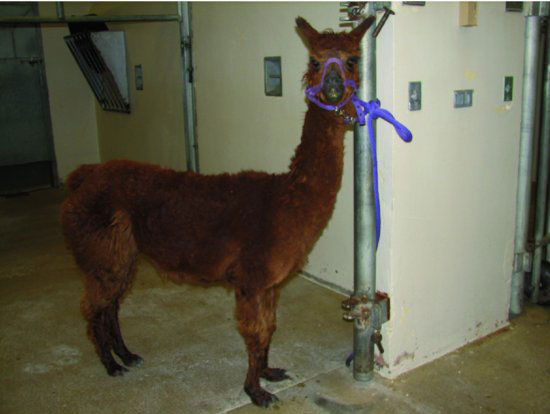
Figure 3.9 The front foot may be raised by inserting the near-side foot in between the patients front feet and bracing the knee against the sternum.
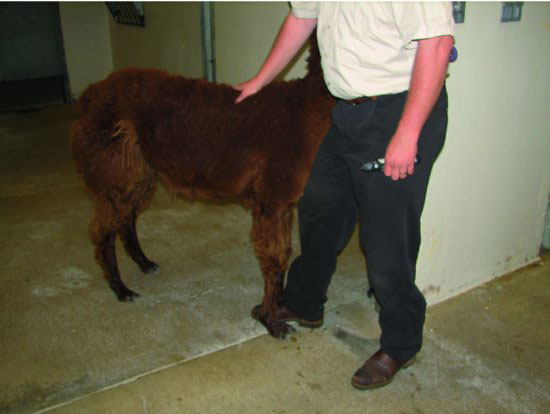
Stay updated, free articles. Join our Telegram channel

Full access? Get Clinical Tree



